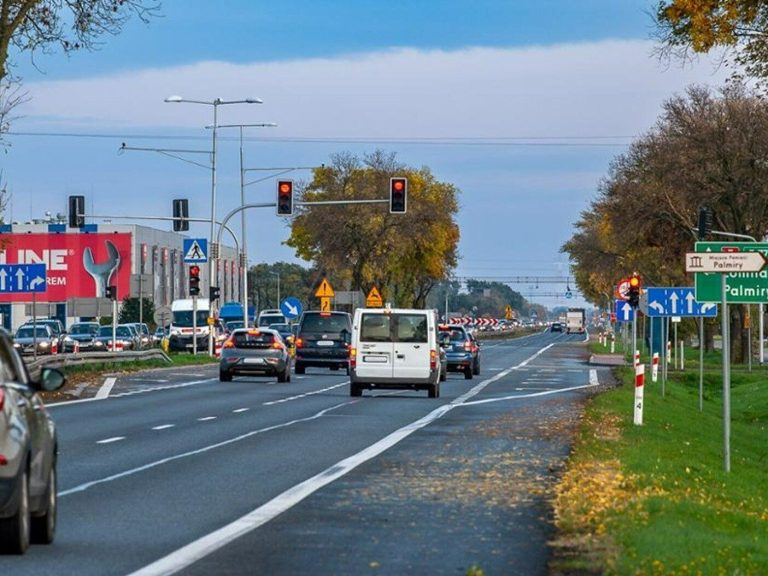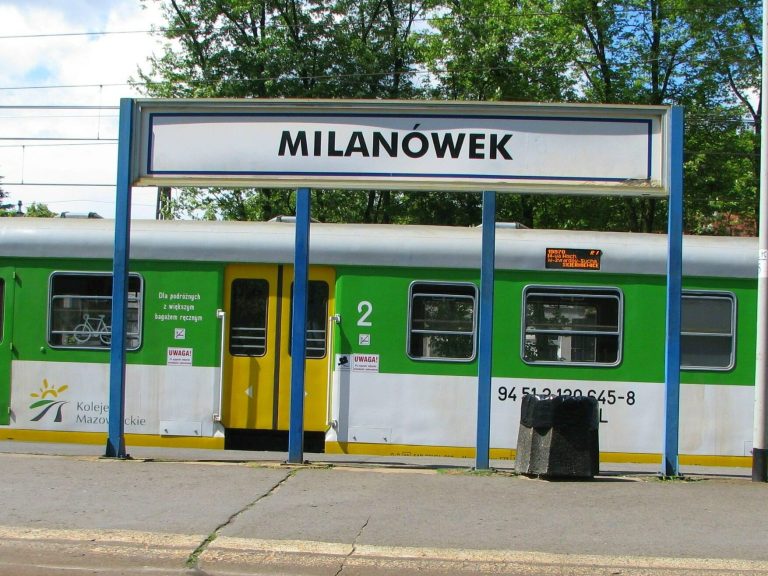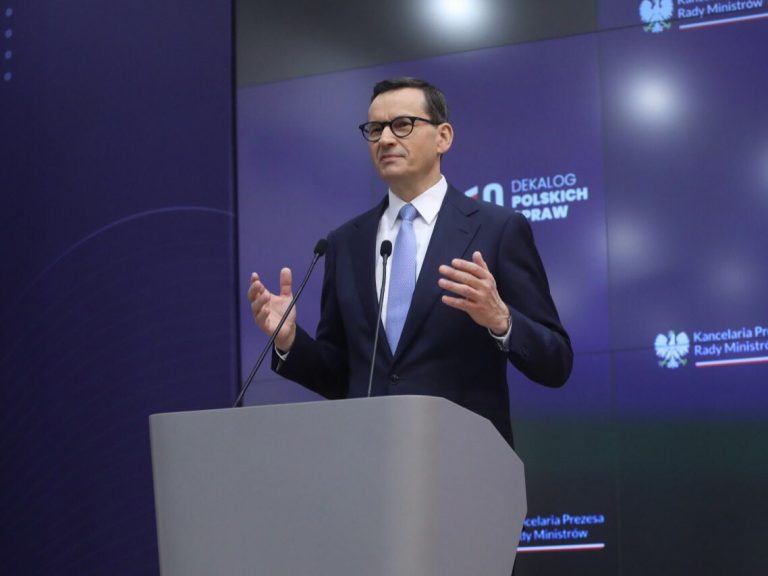Apartment prices in Warsaw have already dropped a bit. Is this a sign of more to come?

Prices of new apartments have stabilized – in half of the 15 cities in Poland analyzed by the portal Tabelaofert.pl they have barely changed. After a large drop in May (-21.8%), sales of apartments continue to fall in June (-5.4%), which is the result of the highest mortgage interest rates in Europe and the tightening of banks’ credit policies.
On the 15 housing markets monitored by the portal Tabelaofert.pl, the prices of new apartments changed only slightly on a monthly basis. The largest increases occurred in Rzeszów (+1.4%), Kraków (+1.4%), Łódź (1.3%) and Lublin (+1.0%), Toruń (+0.6%), Katowice (+0.5%), Kielce (+0.4%) and in the Poznań agglomeration (+0.8%). Declines were recorded in Warsaw (-0.7%) and in the Warsaw agglomeration (-1.4%).
Lower prices in Warsaw: this doesn’t mean anything yet
The price drops in Warsaw and the Warsaw agglomeration result from the structure of new supply; cheaper projects in less prestigious locations were introduced to the market. The opposite situation was observed in Kraków, Łódź, Lublin, Toruń and the Poznań agglomeration, where the price increase results from the introduction of more expensive projects in more prestigious locations. Only in Rzeszów and Kielce did the price increase result partly from the increased sales of cheaper premises and from the actual increase in list prices.
A detailed analysis of price changes shows that, apart from Rzeszów and Kielce, where prices are indeed rising, developers generally did not make any significant changes to their price lists. The slight price increases and decreases were primarily the result of the changing structure of the offer, i.e. the sale of a larger number of cheaper or more expensive premises and the introduction of projects with different prices to the market.
Where are the most expensive apartments?
Currently, the nominally most expensive city is Warsaw, where the average price per square meter is
PLN 16,942, and the cheapest one in Radom – PLN 8,536/m². Nominally, because if we compare the purchasing power – measured by how many m² of housing can be bought for the average monthly gross salary – the situation looks completely different.
In this case, the most expensive city is of course Warsaw, where the average annual gross salary can buy only 0.59 m² of an apartment, the cheapest, however, is Rzeszów, where the gross monthly salary can buy 0.78 m² of a new apartment. Interestingly, Rzeszów is the city where prices rose the most and at the same time developers actually raised prices in price lists.
The situation is completely different for people living outside major urban centers but working remotely, hybridly or commuting to work in a large city.
For example, in the capital, for the average monthly gross salary, you can buy 0.59 m² of an apartment. However, buying an apartment near the capital, but receiving a Warsaw salary, you can already afford 0.91 m² of a new apartment. It is even better in other agglomerations, where working in the central city and buying an apartment in the suburbs, you can always afford to buy over 1.00 m² of a new apartment. It is best to work in Krakow and buy an apartment in one of the locations near Krakow. Then you will be able to afford to buy as much as 1.22 m² of a new apartment.
High interest rates limit sales of new apartments
According to the latest data from the Tabelaofert.pl portal, in 15 monitored cities, sales of new apartments fell by 5.4% month-on-month (after a 21.8% drop in May). However, it should be taken into account that these declines are calculated in relation to the record levels from the turn of the year, and sales, although lower, are much better than in the summer of 2022.
It is also extremely important that the number of apartments sold could be much higher if it were not for the record high interest rates on mortgage loans compared to the whole of Europe, which is why some customers receive negative decisions regarding their creditworthiness.






